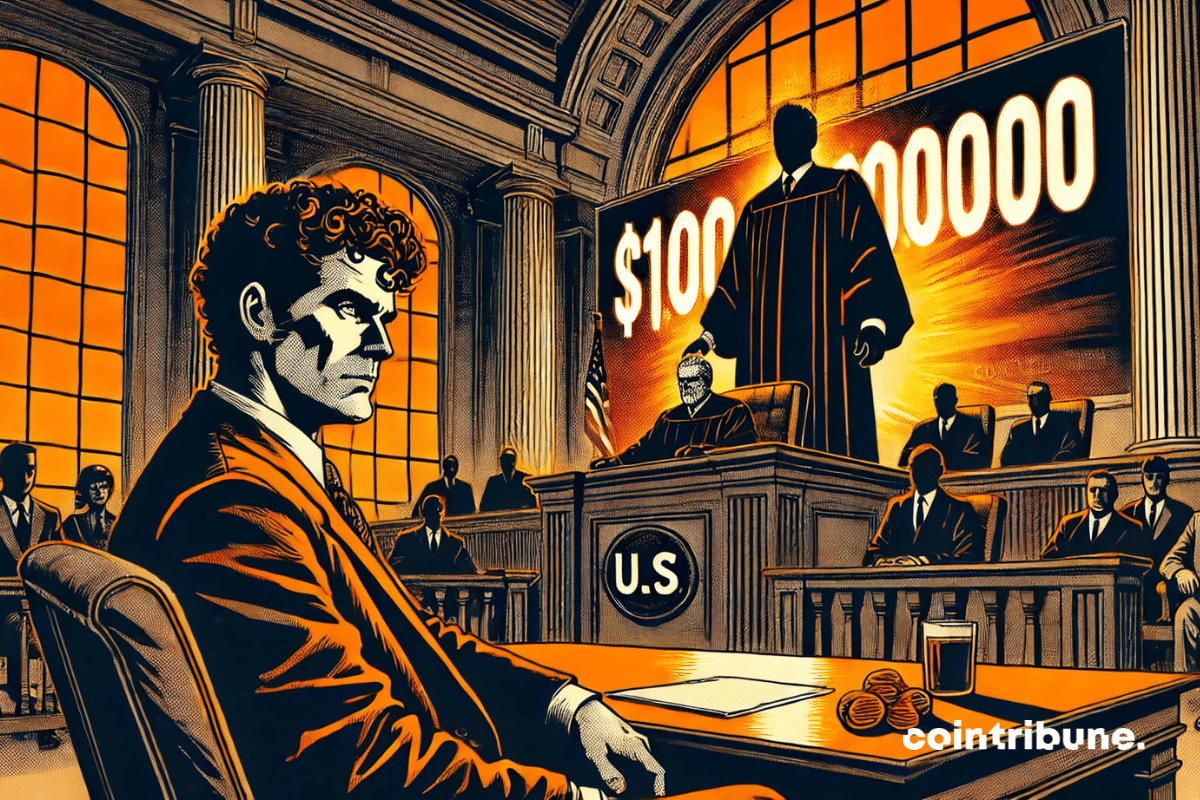Bitcoin sways under a threatening sky, and nearly 300 million dollars vanish in the storm. Traders, like tightrope walkers, are scrutinizing the bar at 96,000 dollars.
Archive 2025
As Bitcoin hovers around 96,000 dollars, Ki Young Ju, CEO of CryptoQuant, asserts that a major correction should not jeopardize the bull run in 2025. This analysis comes amid a context of growing institutional adoption, particularly by U.S. states.
Binance US announces the resumption of deposits and withdrawals in United States dollars (USD), ending 18 months of suspension of its services. This reactivation comes as the regulatory framework for cryptocurrencies is becoming clearer in the United States.
The dominance of the US dollar in international trade is being challenged more than ever. A powerful bloc, the BRICS, is actively seeking to free itself from this by developing an alternative currency. In response to this offensive, Donald Trump, true to his style, does not intend to remain a spectator. The American president is wielding the threat of massive economic sanctions to deter any attempt to undermine the hegemony of the greenback. But can this strategy truly reverse the trend, or is it likely to accelerate the ongoing dynamics?
"We, central bankers, should study it and explore the technology on which it is built. Studying Bitcoin will not harm us – on the contrary, it will strengthen us," said Aleš Michl, governor of the Czech National Bank (CNB). These statements come three weeks after he presented, during a CNB board meeting on January 30, a proposal to create a "test wallet" in bitcoin. This initiative aims to analyze this highly volatile asset and experiment with its use in the central bank's reserves.
Access to cryptocurrencies remains a barrier for the general public, often deterred by the complexity of wallets and private keys. However, the mass adoption of Bitcoin depends on the ability of companies to make its use as seamless as a traditional Web2 service. In this dynamic, Google seems to want to play a key role by facilitating the integration of Bitcoin wallets through its own ecosystem. An initiative unveiled by Kyle Song, a Web3 specialist at the tech giant, which paves the way for broader BTC adoption. This announcement raises as many hopes as questions about the future of decentralization.
Cryptos have often been seen as a challenge for regulators, but rarely has a state struck as hard as this. Indeed, Nigeria, one of the most influential economies in Africa, has just filed a high-profile lawsuit against Binance, the largest crypto exchange platform in the world. The government is demanding $81.5 billion, a colossal amount that, according to Nigerian authorities, corresponds to unpaid taxes and major economic damages. This case marks a new escalation in the standoff between states and giants of the crypto sector. Amid allegations of tax fraud, employee detentions, and diplomatic pressures, Binance finds itself at the center of a dispute that far exceeds legal boundaries.
A New York court has just ordered the permanent confiscation of the assets of Sam Bankman-Fried (SBF), the former CEO of FTX, with a total value nearing one billion dollars. This historic decision comes as the crypto exchange has just begun to repay its first creditors.
On February 19, 2025, Microsoft unveiled a major breakthrough in the field of quantum computing with the launch of its first quantum processor, named Majorana 1. This new chip, based on "topological superconductors," would enable the construction of quantum computers capable of solving complex industrial problems in just a few years, rather than decades. The result of nearly 20 years of research, this innovation could revolutionize not only computing technology but also the crypto world.
Bitcoin has been navigating a narrow corridor for weeks, between $93,300 and $98,500. A precarious, almost hypnotic balance, where each oscillation seems to hold its breath. Traders scrutinize the charts, indicators flash silently. But this stagnation is merely an illusion. Beneath the surface, the numbers whisper a different truth: consolidation could soon shatter. The burning question is: how long will this calm last before the storm?









